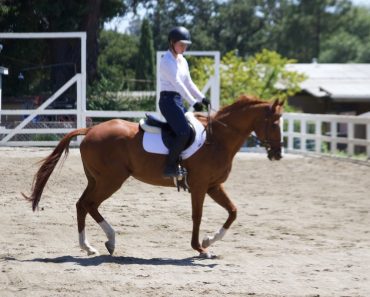There are several advantages to riding a horse in two short sessions each day rather than one extended session. I frequently teach horses twice a day, with the first session focusing on the fundamentals — easy and confident movements that build the horse’s confidence. The second session normally lasts significantly less time, and the horse is ready to go on to more challenging labor sooner. I’ll take the horse out for a hack during one of the training periods to give him a change of pace and scenery.
Many lower-level competitors complete two tests in a single day at competitions. These tests are frequently held together with a period of rest in between. If your horse isn’t used to working twice in one day, he’ll think he’s done after just one test. Some horses can be extremely hesitant to repeat the same task on the same day. If you’ve been riding your horse twice a day occasionally at home, he’ll view it as part of his routine and will be ready to work for the second test.
The tests at FEI (Federation Equestre Internationale) levels are longer and demand the horse to complete many distinct actions in one test. The requirements of the FEI examinations are obvious, as they need greater fitness and endurance. Working an FEI level horse twice in one day will condition him more quickly, making it simpler to maintain the higher degree of collection required for the longer tests. It also gives the rider a lot of opportunities to practice all of his or her various movement skills at this level. It’s easy to spend all your time on the more complex movements and lose track of movements like walk pirouettes, rein-backs, and halts, which carry equal test score weight.
Another advantage of schooling a horse twice a day is that it allows you to conclude on a good note both times. You may offer sugar, a carrot slice, or a pat on the neck to the horse when he has at last completed something correctly, such as a simple walk-trot transition or the tough initial few learning steps of piaffe, and immediately dismount and return him to his stable. This is further confirmation of the horse’s feelings, which are: happy, proud, and eager to work since he knows, in no uncertain terms, that his efforts will be rewarded.
Unfortunately, most people become a little overbearing and attempt to repeat the motion one more time. This might cause tension, forcing the horse to become weary and uncooperative. This scenario is comparable to a jumper rider who has requested the horse to jump one last hurdle and it refuses. Then you will be unable to get off your mount until it jumps again, which may take an hour or more. It’s always preferable to quit while ahead rather than continuing when you’re behind, allowing you to teach your horse that his work is enjoyable.

